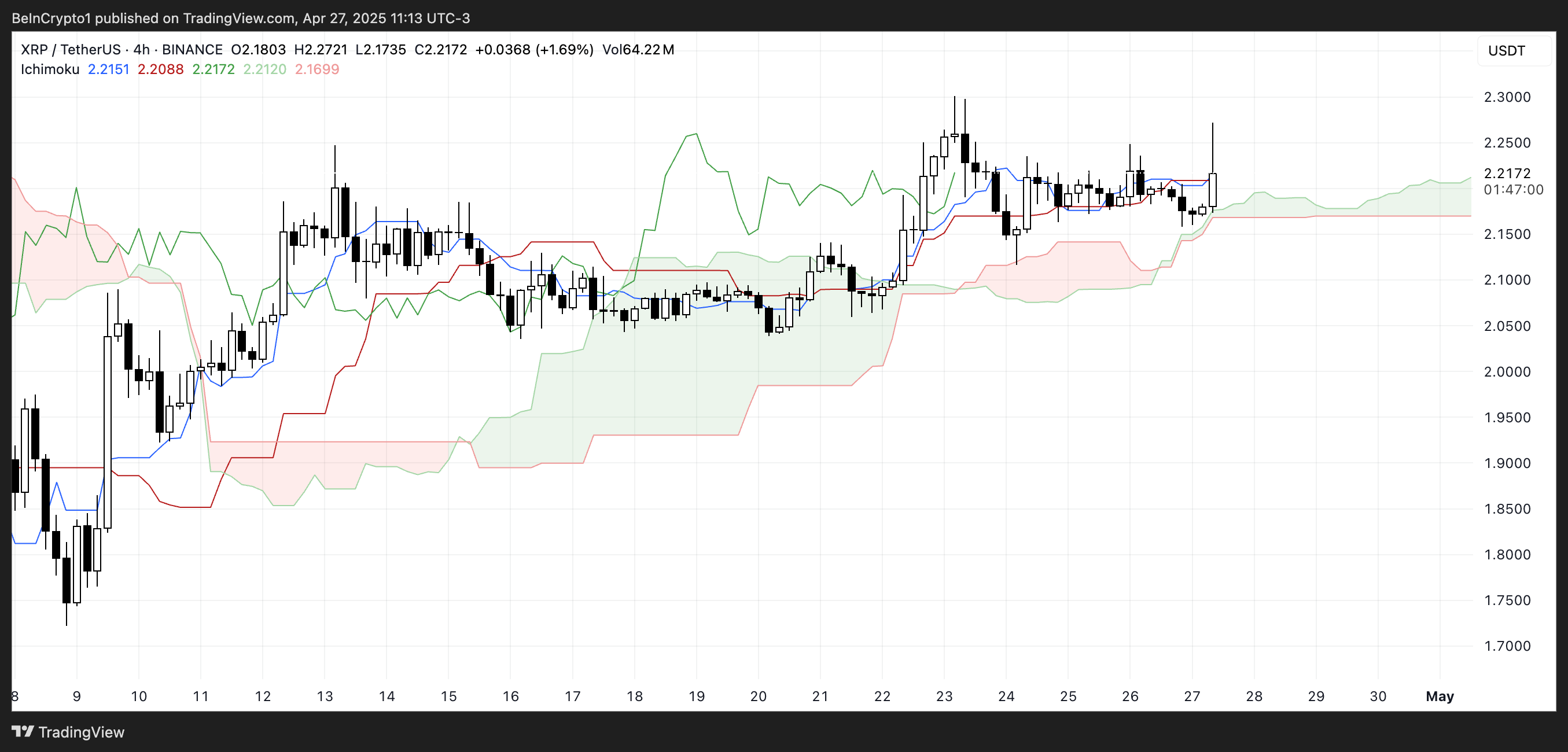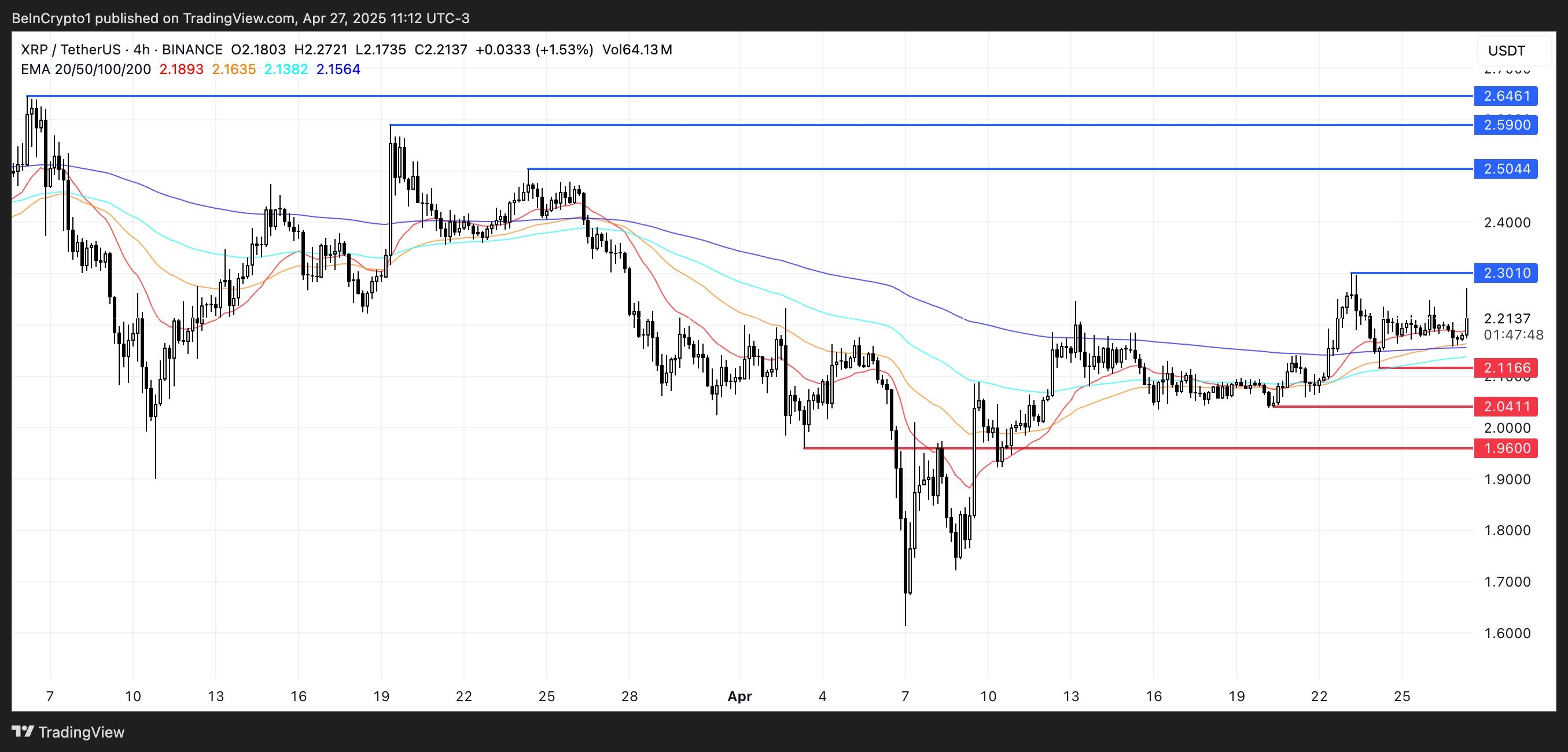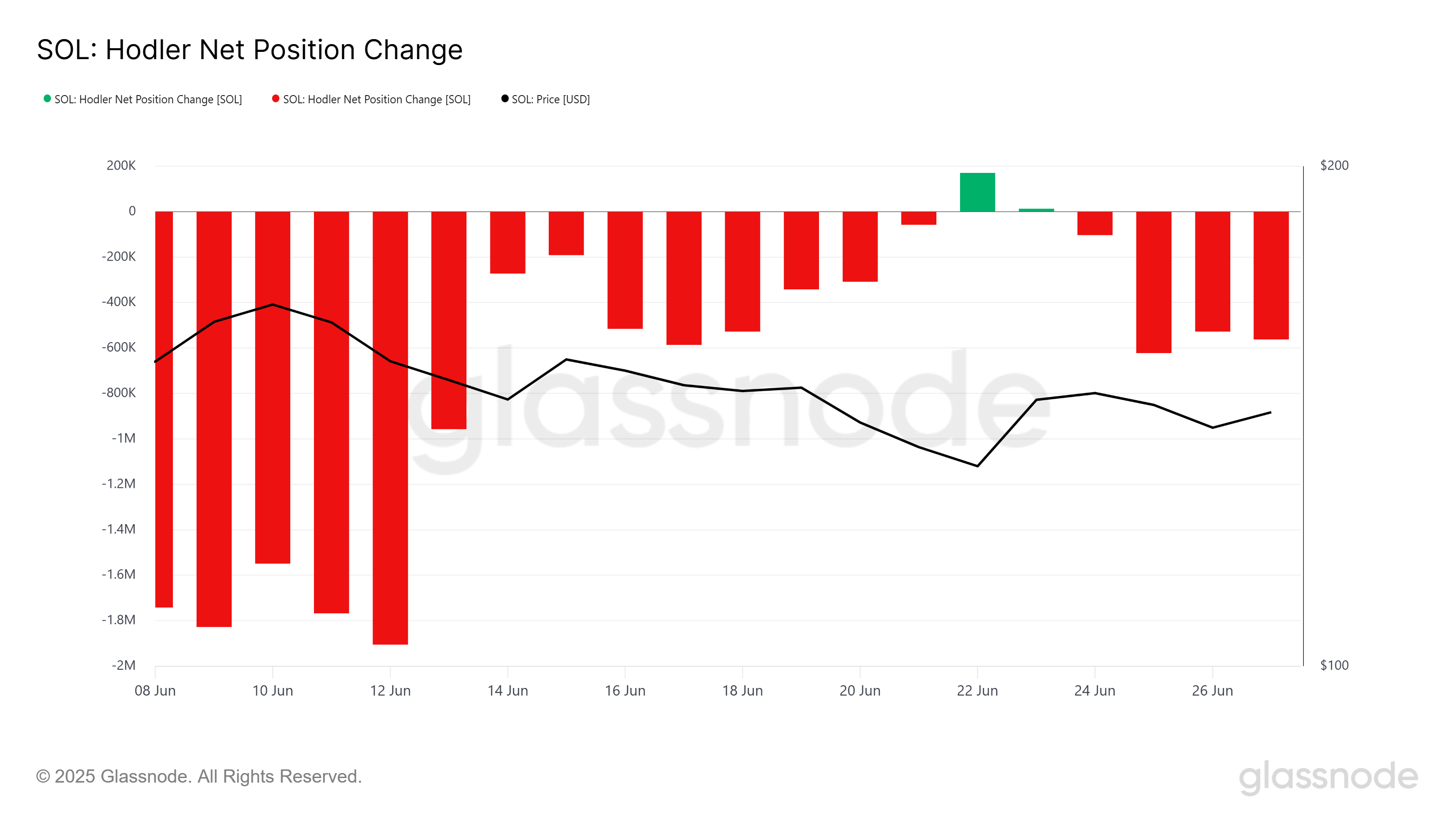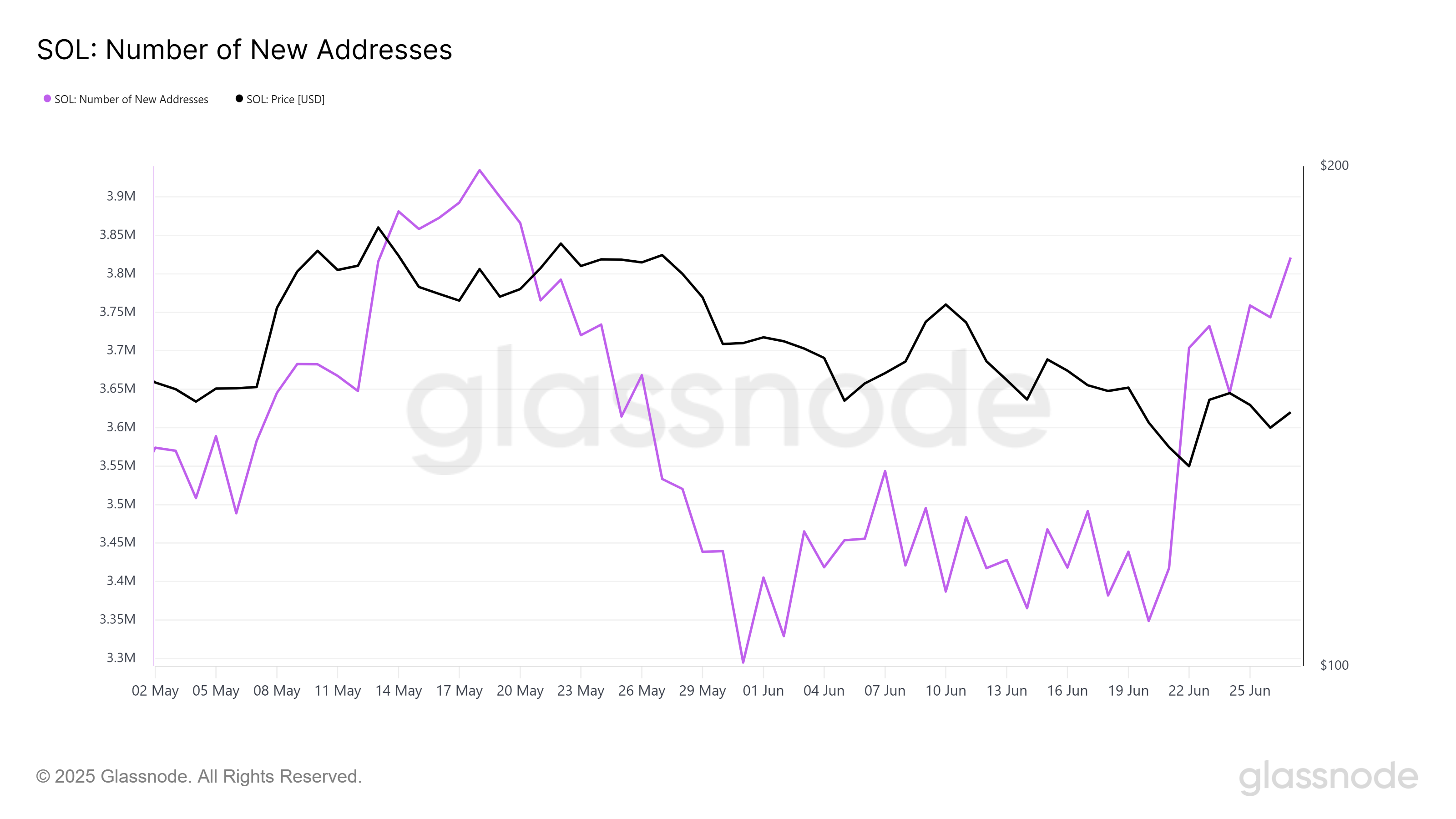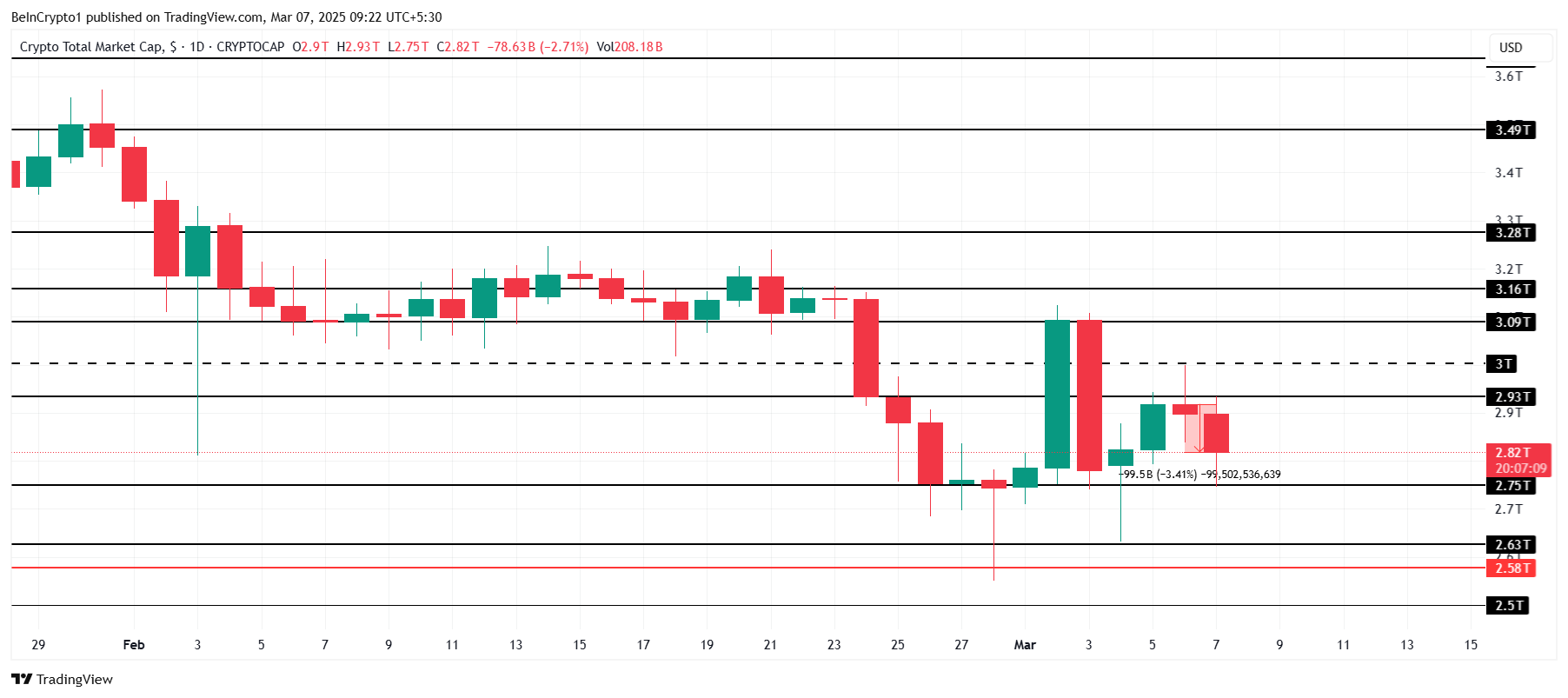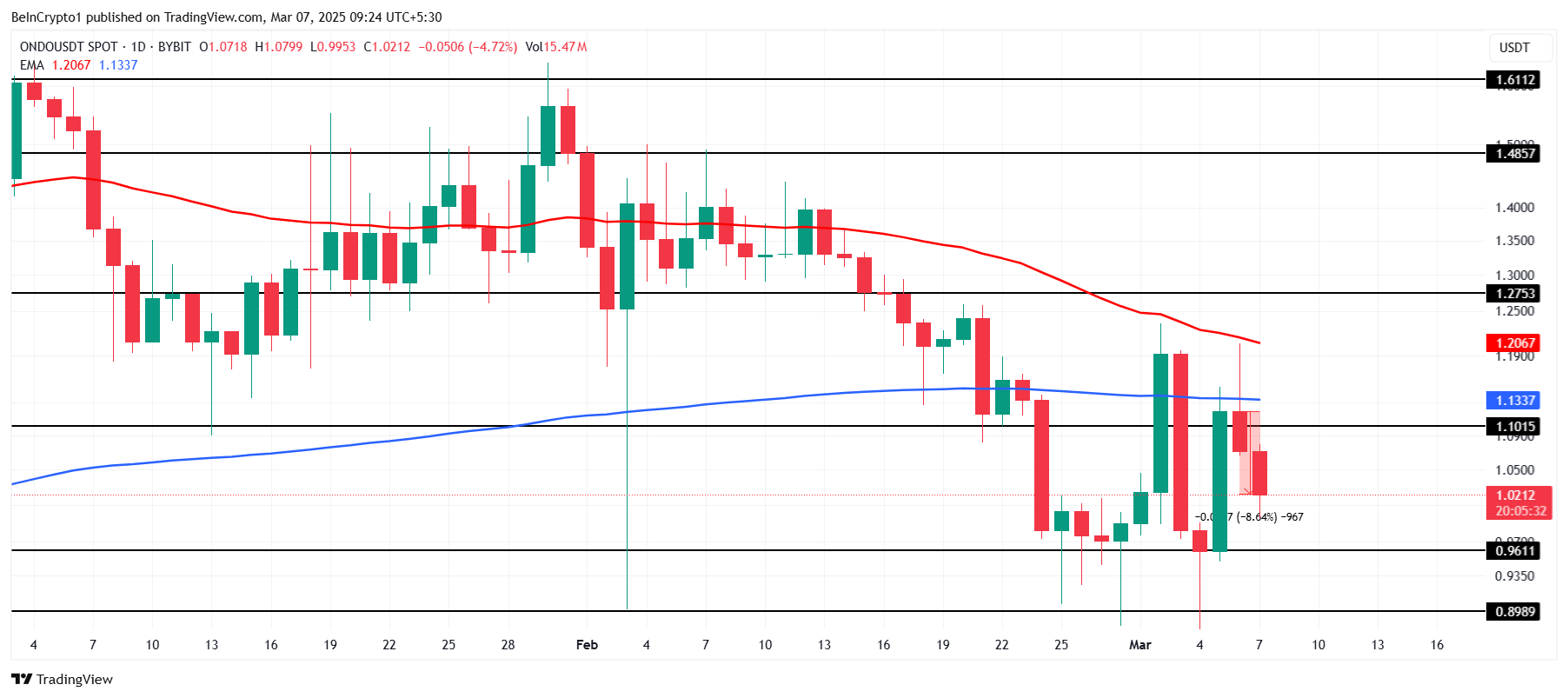Cryptocurrency exchange Gemini has announced the listing of Ripple’s stablecoin RLUSD on its exchange, enabling trading, deposits, and withdrawals.
This marks a significant step forward in the global adoption of RLUSD. Moreover, the listing triggered a surge in RLUSD’s trading volume, which has increased by 63.7%.
RLUSD Stablecoin Goes Live On Gemini
The announcement was made via Gemini’s official X (formerly Twitter) account.
“RLUSD is now available for trading on Gemini. Deposits and withdrawals are enabled. Buy, sell, and store today,” the post read.
The move positions Gemini alongside other major exchanges supporting RLUSD trading. For instance, Bitstamp enabled trading for the stablecoin on January 8. Meanwhile, Kraken followed suit on April 2.
Notably, Gemini’s listing had a positive impact on RLUSD. Following the announcement, the stablecoin’s 24-hour trading volume surged to over $52 million, reflecting a 63.7% increase over the past day, according to data from CoinGecko.
The double-digit rise highlighted heightened market activity and growing confidence in the stablecoin. However, this isn’t something new. RLUSD has been gaining traction for quite some time.
Since its launch late last year, the stablecoin has seen remarkable growth. Its market capitalization has risen 338.6% since the beginning of 2025. As of the latest data, it stands at $317 million.
Although the market cap remains modest compared to industry leaders like Tether (USDT) and USDC (USDC), analysts remain optimistic about RLUSD’s prospects.
“Ripple’s RLUSD stablecoin has exploded since launch, now pushing over $860 million in monthly volume. It’s fully backed, built on the XRP Ledger and Ethereum, and already integrated into Ripple Payments. Kraken, Bitstamp, and LMAX Digital have listed it. This is Ripple’s enterprise-grade answer to global stablecoin demand, and it’s built for compliance, scalability, and cross-border dominance,” a user wrote on X.
In fact, many market watchers believe that RLUSD’s use as collateral across all of Hidden Road’s prime brokerage products will trigger substantial demand. Furthermore, BeInCrypto reported that Ripple pledged $25 million in RLUSD to US public education initiatives. This could further drive adoption by showcasing real-world utility.
Meanwhile, the broader stablecoin ecosystem is also positioned for significant growth. According to forecasts from the US Treasury, the market capitalization could reach $2 trillion by 2028.
Furthermore, Citigroup’s projections estimate that the market cap could soar to $3.7 trillion by 2030. This overall expansion of the stablecoin market is expected to benefit RLUSD as well, driving further integration and usage as the demand for stablecoins continues to rise.
The post Gemini Lists Ripple’s RLUSD Stablecoin, Boosting Trading Volume by 63.7% appeared first on BeInCrypto.




